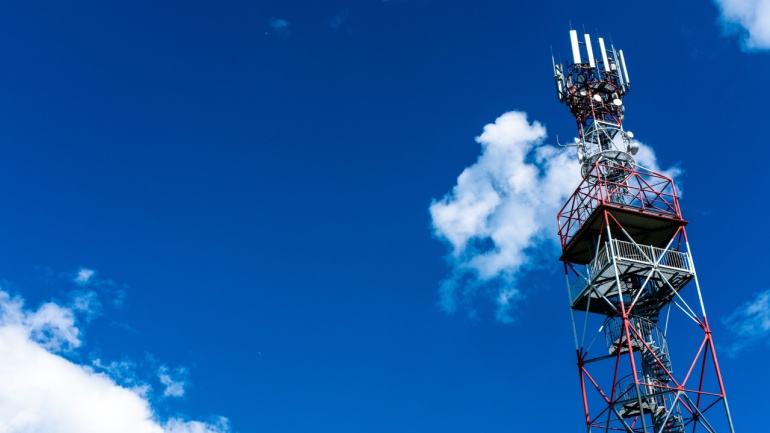AT&T partners with Nokia in a groundbreaking multi-year deal to upgrade its US fibre network infrastructure. Spanning five years, Nokia will deliver crucial fixed broadband equipment to bolster AT&T’s current infrastructure and accommodate future network expansions. This partnership is set to enhance broadband access for millions, driving digital innovation.
NTT DoCoMo has successfully tested a hybrid quantum-computing-based network optimization solution from D-Wave Quantum, enhancing network performance and reducing paging signal congestion by 15% during peak times. This quantum breakthrough optimizes base station tracking, predicting device movements, and efficiently reconnecting devices. The hybrid solver completed tasks in 40 seconds compared to 27 hours for traditional methods.
Maxis and Huawei collaborate to advance 5G in Malaysia, launching a Joint Innovation Centre. Telecom Italia exits Inwit, selling its final stake for €250 million. Oracle partners with AT&T to integrate IoT connectivity into its platform. TalkTalk secures a £400m lifeline amid financial struggles and leadership changes.
Skylo’s cutting-edge NTN connectivity enhances the Google Pixel 9 series, ensuring reliable emergency communication where terrestrial networks fail. For the first time, Pixel users can connect to emergency services via satellite. This collaborative innovation between Skylo and Google marks a new era in mobile connectivity, delivering essential support in remote areas.
Verizon Business 2024 Mobile Security Index unveils rising cybersecurity threats from mobile and IoT devices. With 95% of businesses actively using IoT, security concerns have intensified. The report emphasizes the need for enhanced mobile security, especially in critical sectors. Investing in advanced cybersecurity solutions is crucial as IoT becomes more integral to business operations.
Vodafone launches LTE-M, an LPWAN technology for IoT devices with low data and power needs. Converge ICT partners with Ribbon to triple its fiber network capacity. Nokia partners with BxA to enhance its Network as Code platform for healthcare applications. Hayo launches a global IoT platform for MNOs and enterprises, enhancing efficiency and connectivity with cloud-native technology and AI.
Vodafone has outlined a strong case for equipping UK public buildings with 5G-enabled technology. The ‘Connected Spaces’ report highlights how digital twins, IoT, and smart sensors can save the public sector £580 million annually. By integrating these technologies, Vodafone promises significant energy efficiency and reduced CO2 emissions, aiding sustainability goals.
This week, the UK-India Technology Security Initiative was announced, marking a pivotal moment for both nations. This collaboration aims to strengthen security in telecoms, AI, quantum computing, and biotechnology. Promising mutual growth, innovation, and job creation, this initiative underscores the evolving technological partnership.
Kontron and Amarisoft have teamed up to provide a robust private 5G solution for the Defense and Security sectors. Leveraging Kontron’s rugged ME1310 platform and Amarisoft’s software, this partnership focuses on delivering reliable 5G connectivity in challenging environments. This collaboration aims to enhance communication while simplifying 4G/5G network deployment.
Nozomi Networks has unveiled the industry’s first OT and IoT security sensor, Arc Embedded, within Mitsubishi Electric programmable logic controllers (PLCs). This innovative solution provides real-time visibility and advanced threat detection, enhancing operational resilience. By directly integrating into industrial automation equipment, Arc Embedded accelerates threat response, ensuring robust industrial security.













